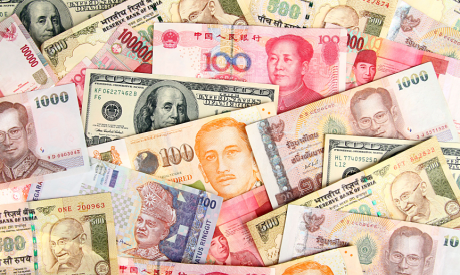Ahead Today
G3: Eurozone CPI, US NAHB Housing Index
Asia: China Monthly Economic Data, Malaysia Trade
Market Highlights
Japan’s largest union group – the Japanese Trade Union Confederation or Rengo – announced the largest pay hike in more than 30 years. The 1st estimates showed a headline wage hike of 5.28%, with the base salary component averaging 3.7% from 2.3% a year earlier. Post the wage hike deal, several news outlets including Nikkei, Kyodo, and Jiji published unconfirmed reports that the BOJ will scrap its Negative Interest Rate Policy (NIRP), but differed on whether and how to change BOJ’s yield curve control policy. Bank of Japan’s policy meeting will be coming up this Tuesday.
Meanwhile, China kept its MLF policy rate unchanged at 2.5%, in a disappointment for those hoping for more near-term stimulus measures to boost the economy. Credit data released over the weekend was quite weak, with aggregate financing slowing down to 9%yoy, while M1 money supply weakened to 1.2%yoy, the lowest since Jan 2022. Home prices contracted further, with new home prices declining 0.36% and used home prices falling 0.62%. Markets will watch for clues on China’s economic recovery in the monthly economic data released later today.
Overall, markets took on a somewhat risk-off sentiment to end the week, with the S&P declining 0.6%, the Dollar mixed, while US 10-year yields rose to 4.3%.

Regional FX
Asian FX markets traded weaker against the Dollar, with KRW (-1.1%) and MYR (-0.45%) underperforming. Indonesia released its trade data for February which showed a narrowing surplus at US$867mn down from US$2bn the previous month. Imports rose by more than 15%yoy, and part of this could have been down to government stocking of rice ahead of the Ramadan festivities and also the elections. Meanwhile, India’s goods trade deficit widened to US$18.7bn from US$17.5bn the previous month, but this was also offset by a strong 17%yoy rise in services exports. We remain constructure on INR on the back of a manageable current account deficit, bond index inclusion flows, and good macro stability.


